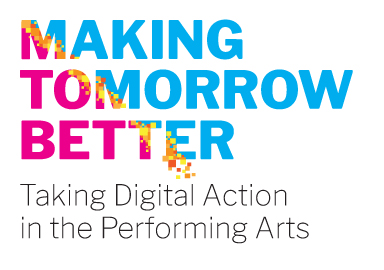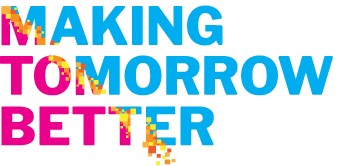The Web is much more visual than it used to be, thanks to faster and more reliable Internet, and the widespread proliferation of devices and mobile apps that make it easy to produce and share photos and videos. Visual content tends to be more popular with many audiences than text-heavy updates, but pretty pictures without descriptive text (captions, description tags) can make this content all but invisible to people with special needs using assistive technology — as well as search engines.
Some of the visitors to your website may be people with visual impairments, ranging from colour-blindness to low vision or complete blindness. Others may have hearing loss, limited movement, or cognitive or learning disabilities.
Even if only a small percentage of your website users are people who have special needs, by designing your website to be accessible to them, you will improve everyone’s user experience. Plus, some best practices for improving accessibility, such as including descriptive text alongside visual content, are also best practices for search optimization.
Here is a brief summary of some of the most important principles to consider for accessible and inclusive web design for both people and search engines.
Balance long form writing and imagery or video content
Some people prefer to get information by reading it on a screen, while others prefer to look at an infographic, watch a video or animation, or listen to a podcast. By presenting important content in several formats, you not only make it easier for people to access it in the way they prefer (to read, watch, or listen) but you also make it possible for people with visual, hearing, sensory, or cognitive impairments to access your content.
It may not be possible or practical for your organization to produce every piece of content in multiple formats, but there are a few simple and practical ways you can provide alternatives. For example:
- Ensure all meaningful images (i.e., that are not just decorative) have descriptive keyword-rich information in the Image ALT tag and/or captions
- Include transcripts or text summaries of the content of audio-only content like speeches or podcasts
- Provide infographics or animations to illustrate complex topics, along with descriptive text and the description meta tag
- Upload captions or turn on automated captions, if available, for video content
Meaningfully represent diversity and showcase inclusion
Do the photos and content on your website represent the full spectrum of people you serve? If not, it may be worthwhile to invest in some new photography or illustrations that mirror the diversity of your audience in terms of age, race, gender, family structures, physical ability, and/or culture. While this is an editorial consideration, not necessarily an accessibility issue, it is important for inclusivity.
Universal web accessibility standards
W3C Accessibility Guidelines are the universal standard for web accessibility. They go far beyond the simple principles outlined here and are an important reference for any organization that prioritizes inclusivity. At the time this document was published, these guidelines were currently being revised. The draft guidelines are visible here: https://www.w3.org/TR/wcag-3.0/.
The previous version is here: https://www.w3.org/TR/WCAG22.
There is also a quick reference guide here: https://www.w3.org/WAI/WCAG21/quickref.
View or download the PDF of Building an effective web presence in 2022 – Understanding Search Engine Optimization
Written by Briana Doyle, Troubadours & Vagabonds Productions, and Inga Petri, Strategic Moves
December 2021
Links to Topics
Building an Effective Web Presence in 2022: First Impressions and Your Digital Footprint
Essential New Web Building Blocks
Understanding Search Engine Optimization (SEO)
Writing for people and coding for search engines
Content Drives Linking Strategy
Good design drives user experience and usability




